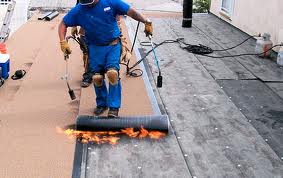“Epicenter has been patient working around the plant’s busy schedule.”
– Petrochemical Industry Client

“The project execution method and deliverables were not fully defined by the client, and your team was able to quickly understand [the client’s] production processes and make recommendations regarding how to most efficiently collect and report the time study data. Epicenter also was able to offer productivity inhibitors, which were communicated to the client. Thank you again for your support on this project.”
– Ghafari
A rapidly expanding confidential client required assistance with improving existing systems and developing new capacity.
Reason for Project:
Project Deliverables:
Project Results/Benefits:
The client was in the process of rebuilding their distribution center operations. We modeled the entire outbound process from the workstations for picking, kitting, and auditing to the dock doors. At the time, they wanted to use simulation modeling techniques to evaluate and fine-tune their base outbound system conceptual design. This would enable them to make system changes, as required, to best meet their short- and long-term operational needs.
Reason for Project:
Project Deliverables:
Project Results/Benefits:
The client is a multinational food manufacturing company. Due to production demand increases at their Ohio canning facility, the staffing had shifted from third shift (sanitation) to first and second shifts (production). One of their canning lines was at capacity.
Reason for Project:
Project Deliverables:
Project Results/Benefits:
Our Client was evaluating a new site for company business continuity and projected growth of 5-7% for the next 10 years.
Reason for Project:
Project Deliverables:
Project Results/Benefits:
 A multinational glass manufacturing company’s export sales had grown significantly over the past few years. As a result, the workload associated with preparing outbound shipments had risen exponentially.
A multinational glass manufacturing company’s export sales had grown significantly over the past few years. As a result, the workload associated with preparing outbound shipments had risen exponentially.
Reason for Project:
Project Deliverables:
Project Results/Benefits:
 The client designed a new production facility in Milan, Ohio. All of the Narrow roll equipment was new and designed to required specifications. After the production line was up and running, they discovered that the finishing operation was not meeting the specified throughput.
The client designed a new production facility in Milan, Ohio. All of the Narrow roll equipment was new and designed to required specifications. After the production line was up and running, they discovered that the finishing operation was not meeting the specified throughput.
Reason for Project:
Project Deliverables:
Project Results/Benefits:
SIGN UP FOR THE EPICENTER NEWSLETTER
EPICentral, our free monthly e-newsletter, features simple, practical tools to help businesses maintain superior manufacturing and service operations.